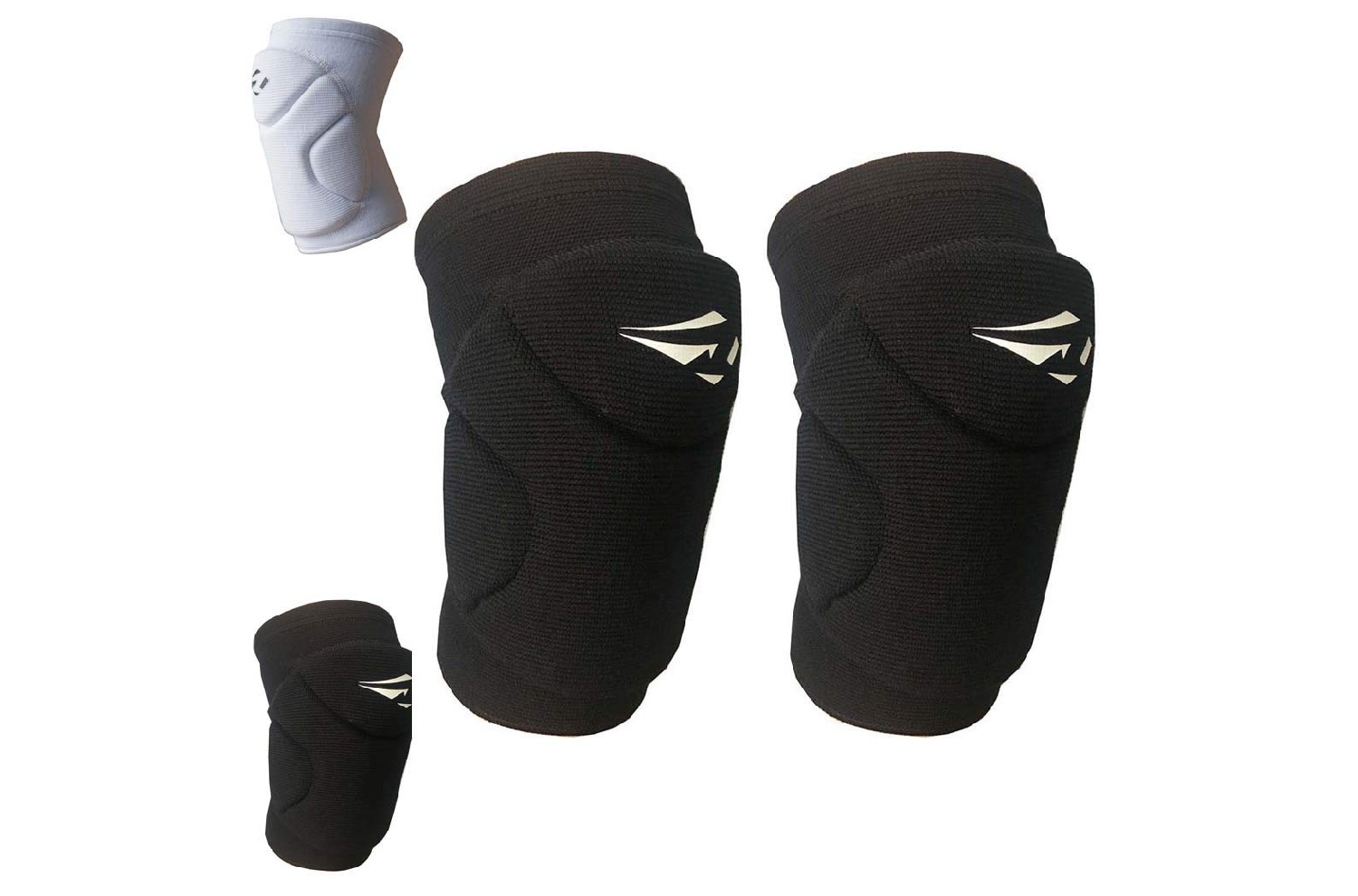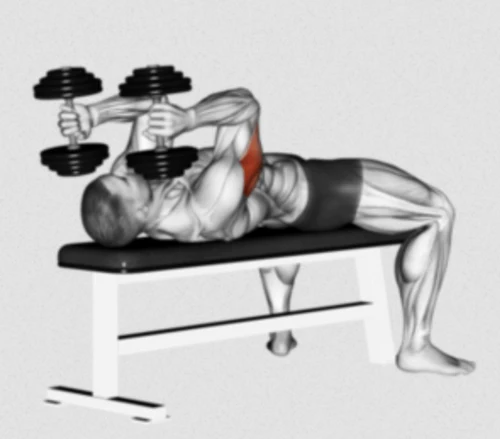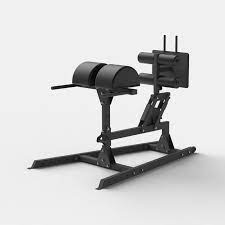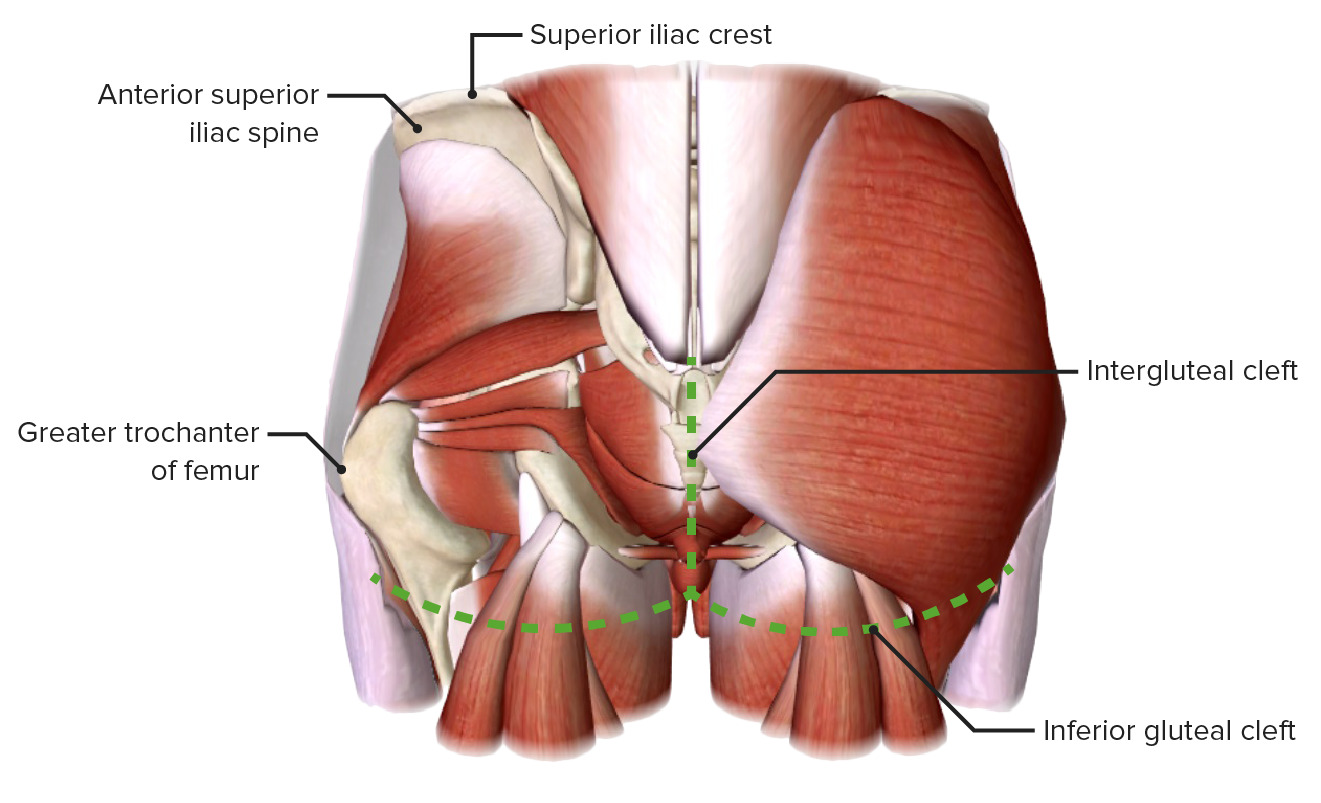What feature do all young volleyball players—men and women—share? volleyball Knee pads are required for each of them. Everyone who spends time on the volleyball court should put these on.
Why Knee Pads Are Important for Players in Volleyball
The Benefits of Knee Pads for Volleyball Players
High-impact volleyball involves a lot of bodily movement, particularly in the lower body. Players must often jump, dive, slide, and land on hard surfaces like concrete or wooden flooring. As a result, the knees experience significant strain and impact, which can result in bruising, scrapes, and even fractures. By using knee pads, you can prevent these injuries from occurring and play with greater assurance and agility.
Knee pads are crucial for volleyball players for a number of reasons, including:
Protection: Knee pads reduce the force of contact and safeguard the kneecap, patella tendon, and ancillary muscles and ligaments by acting as a cushioning layer between the knees and the ground. Additionally, they shield users from the scrapes, cuts, and bruises that can result from landing or sliding on the floor.
Stability: Knee pads give the knee joint additional support and stability, lowering the danger of overextension, twisting, or unnaturally bending the knee. Additionally, they can help with posture and balance, which can boost your performance and help you stay upright.
Knee protectors can increase your comfort while playing volleyball, especially if you frequently have knee pain or stiffness. They can offer compression, warmth, and moisture-wicking qualities, which can lessen swelling and inflammation while keeping your knees dry and comfortable.
Agility: Knee pads can make it easier for you to move rapidly and comfortably without having to worry about pain or injury. They can lessen the discomfort and increase the effectiveness of sliding, diving, and rolling so you can move faster and create more plays.
Volleyball knee pads: types

There are several different types and designs of knee pads that can be used for volleyball, each having unique characteristics, benefits, and drawbacks. Here are the main categories of knee guards for volleyball:
Popular knee pads with compression and support include those with sleeves that wrap tightly around the knee. They typically don’t have straps or other fasteners and are constructed of stretchy fabrics like neoprene, spandex, or elastic. Sleeve knee pads are perfect for athletes who like a simple aesthetic because they are lightweight, flexible, and comfortable.
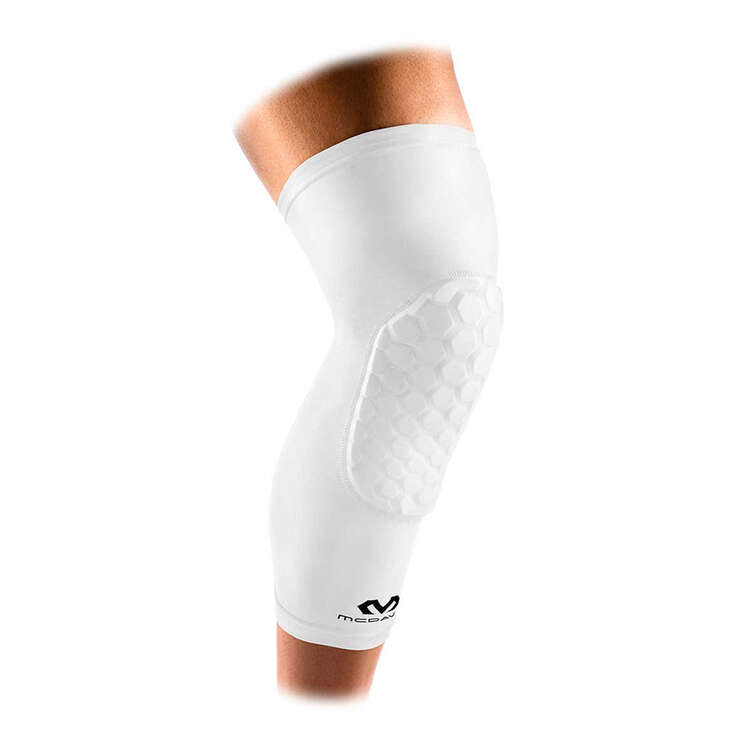
Similar to sleeve knee pads, slip-on knee pads have a bigger opening at the top that makes them simpler to put on and take off. To prevent slipping and sliding, they frequently contain silicone or rubberized grips on the top and bottom. Knee pads that slip on are thin, breathable, and perfect for athletes who prioritize comfort and adaptability.
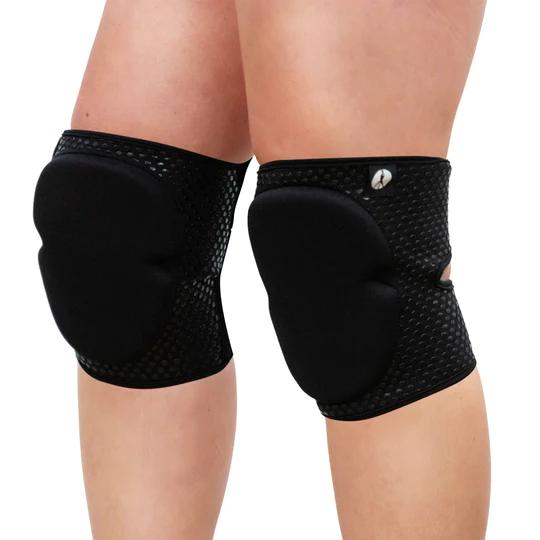
Knee pads with straps or fasteners that can be tightened or loosened to fit the size and form of your knees are referred to as strap-on knee pads. To provide extra protection and durability, they frequently include a tougher outer shell or foam cushioning. For players who want extra support and protection, strap-on knee pads are the best option because they are more sturdy and secure than sleeve or slip-on knee pads.
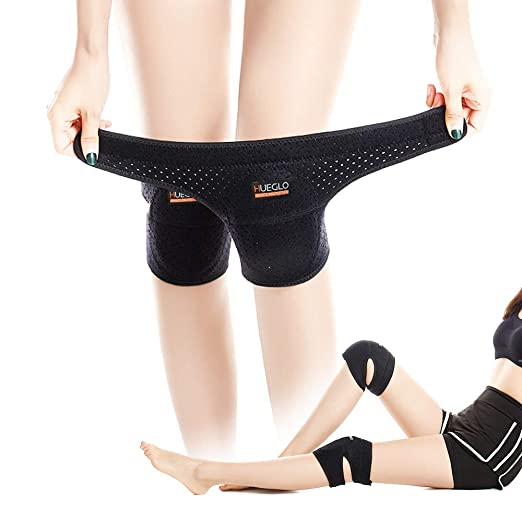
Knee pads with a bubble or dome-like padding on the front are known as bubble-padded knee pads, and they provide greater cushioning and protection than other types. They frequently have a strong outer shell constructed of high-density foam for extra durability. For athletes who play on hard surfaces, are prone to bruising or impact injuries, bubble-padded knee pads are perfect.
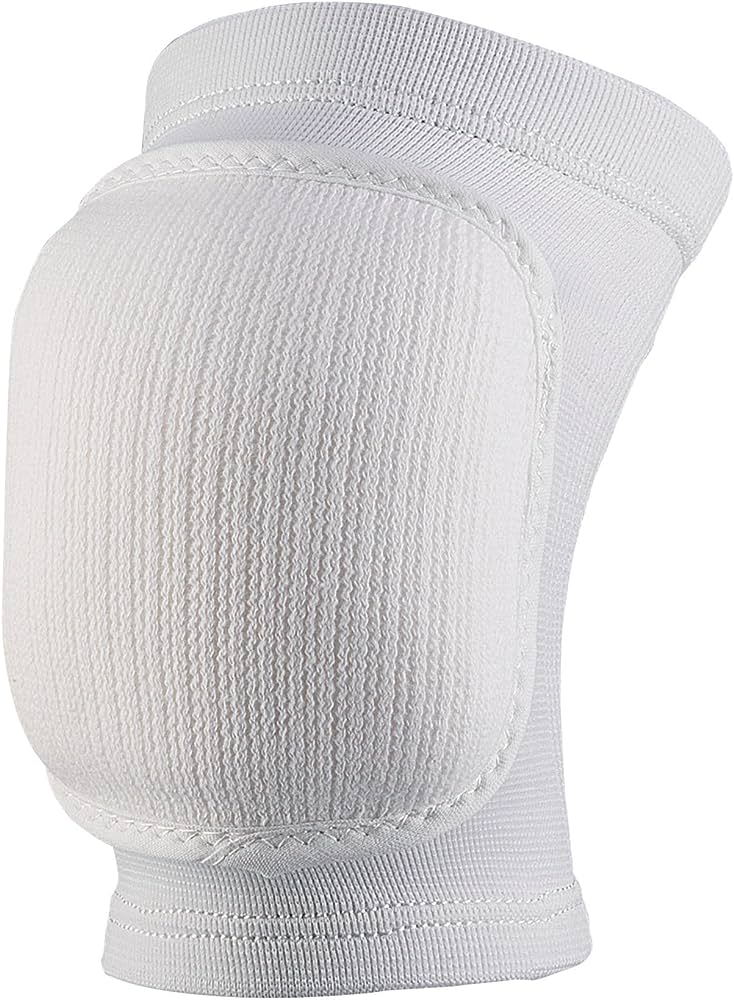
How to Pick the Best volleyball Knee Pads for Your Needs
Your playing style, position, knee size and shape, as well as personal preferences, all play a role in selecting the best knee pads for volleyball. The following advice will help you choose the best knee pads:
How to wash volleyball knee pads
Add some mild laundry detergent to the machine, and also add a capful of white vinegar to really attack that deep stink. Run the wash on a cold and gentle cycle–remember, heat and knee pads don’t mix and the gentle spin cycle will make sure your knee pads don’t get pushed out of place in the wash
Conclusion
The lower body must move a lot during the hard and entertaining sport of volleyball, especially the knees. Knee pads can help prevent injuries, enhance performance and comfort, and allow you to play with greater assurance and agility. Finding the best knee pads for your needs can depend on personal preference and experimentation because there are so many different sorts and styles available. However, you can select a set of knee pads that will work best for you and ensure your safety and comfort on the court by taking into account your playing style, knee size and shape, and court surface conditions.
